feature
Empowering Salieri
Extracting the Genius in our Students
The Science Teacher—November/December 2021 (Volume 89, Issue 2)
By Zachary C. Schafer and Lawrence C. Scharmann
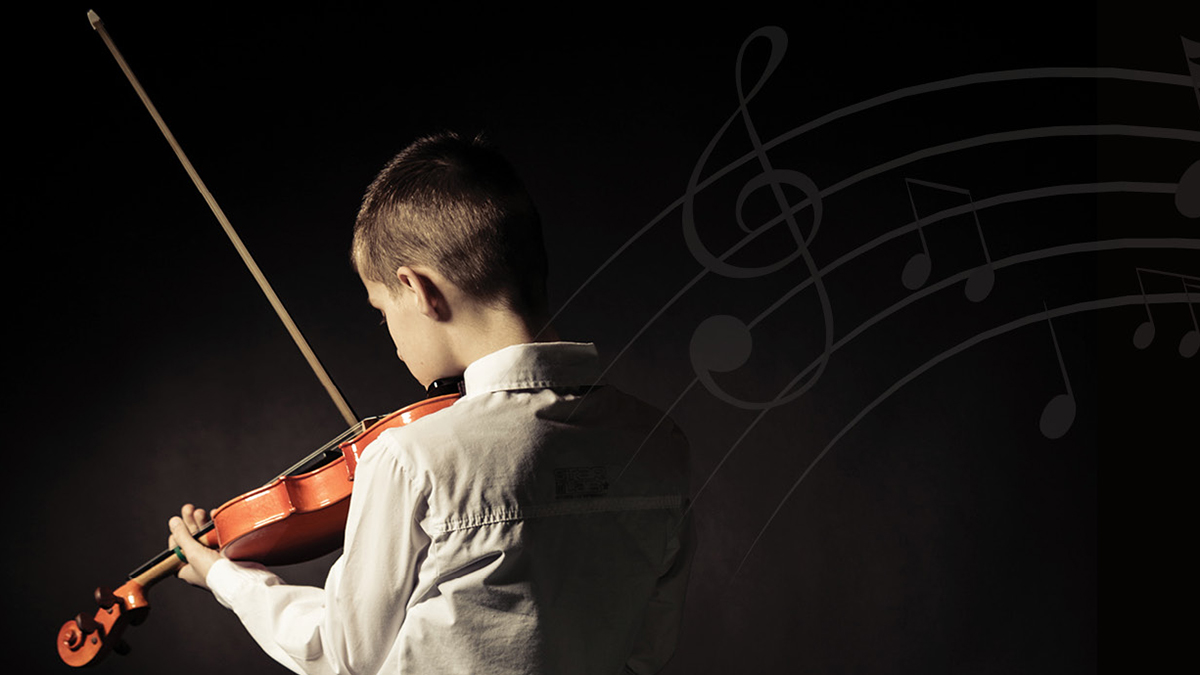
Many students possess their own unique potential and “genius,” but seem to base their worth on the status of grades instead of their connection to education itself. Antonio Salieri, for instance, created wonderful, emotionally binding music throughout his lifetime. Salieri however, never saw the beauty in his work because Mozart, a child prodigy, outshone Salieri in every facet of the art and with little effort (Wright 1985). This caused Salieri to reconsider his worth as he tied it to status and recognition, instead of the unique beauty in his work.
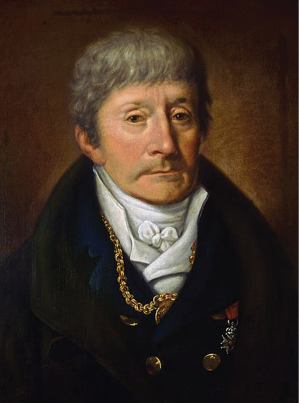
The norms of schooling often inhibit identification of this “genius.” Modest changes in the manner in which we teach and assess students, nonetheless, hold potential to assist students in identifying and empowering their unique talent(s). We begin this article with an interaction experienced by one of the authors.
A student of mine arrived 15 minutes before school to make up an exam. Realizing our time constraint, I asked, “What do you have first period…so I can write you a pass.” He said, “World History,” to which I replied, “What are you talking about in that class?” I did not expect the response I received.
The student proceeded to tell me detailed events leading to World War II. He told Hitler’s story and how he came to power through public speaking in bars, even though he was a simple mail runner in the German military. He explained how his mustache, which became an icon for tyranny and oppression, was created out of a need for a gas mask to seal to the man’s face. He knew this story well and articulated its intricacies beautifully.
After he spoke for many minutes, I offered him an academic lens through which to look: “There are three ways to present an argument: through character, emotion, and rationality.” He thought for no more than a moment and replied, “Well, Hitler first used character in the bars, then used rationality to convince everyone that there was a superior race, and finally used emotional appeal to support the created rational argument.”
I was awestruck. He had no idea just how powerfully he was speaking. I knew this student to be apathetic; he did just enough to pass. Now, though, he seemed to be one of the brightest students I’d ever met; he had great unique potential. He didn’t worry about getting an A, memorizing the facts and moving on. Instead, he unknowingly embraced beauty and what it meant to get an education—to deeply and meaningfully understand the world through the complexities that spoke to his “genius.”
Geniuses throughout history have held great unique potential, situated in their varied visions of beauty, providing the greatest minds in science the power to shift paradigms and rearrange the cosmos. When Einstein looked for inspiration, he often turned to the music of Bach, allowing its varied complexities to fuel his articulation of relativity (Trudeau and Trudeau 2016). The beauty of music is where Einstein found the worth Salieri never did. Here in beauty is where our students may find their place as well.
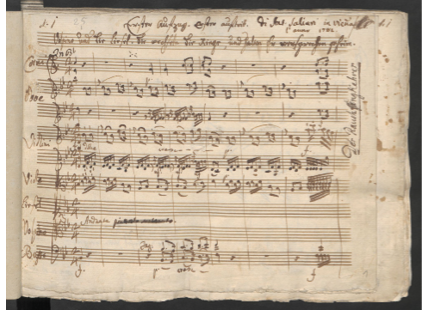
Stories of life and beauty, and interactions with students like the one above, convinced me to reconsider the direction of my teaching practices. How might I recognize the true “genius” hiding in my students? With recognition, how might I create moments that speak to their “genius,” with all of its complexities bound in life experience(s)? And in this moment, how do I signify and honor the great worth and beauty each student bears, providing the opportunity to admire and utilize the knowledge they extract from science?
Deep prior knowledge and the authentic experience
In education, understanding is created from prior knowledge, yet simultaneously informed by personal experience as a way to construct meaning in the world (National Research Council 2000). If we want more from and for our students, we need to build on their personal experiences. Personal experience is bound in our life stories, leading to Deep Prior Knowledge (DPK), an understanding that each individual is born into a specific time and place, having different experiences and perspectives as they pertain to culture, life, and internal biology. In neuroscience these ideas can be seen in the context of emotion.
Barrett (2017) proposed that the creation of emotions (and other mental concepts) is based on social, neurological, and psychological construction. Together, these three components allow for an individualized experience of the world, contributing to understanding through construction. These components, found in DPK, are vital when considering how we teach and assess our students. Activating individual DPK helps students to understand their “why,” what connects them to the world, and their “genius.” Through these connections, anything can be understood, because the reference point starts at where their lives have been and currently are.
The “genius” in individuals hides in DPK. Through DPK we, as teachers, get the opportunity to build positive student-teacher relationships by using knowledge of our students to engage them as humans. This is an authentic experience, creating a space where student and teacher can work together toward a mutually constructed goal (learning). The positive and authentic relationship, coupled with a positive and authentic learning experience, provides students the opportunity for self-growth through both “personal” and “interpersonal” construction (Mallon 2019).
Aesthetic Based Alternative Assessment
Aesthetic Based Alternative Assessment (ABAA) is a type of project-based learning that extends beyond science content and places students’ interests at the forefront of the learning environment. ABAA is consistent with a holistic approach to science teaching and learning long advocated by former NSTA President Hans O. Andersen (1989–1990), in which students’ interests serve as the departure to more intensive involvement with the subject (Andersen 1978). This holistic approach, in addition, engages future science teachers to consider student interests as a strong, relevant basis on which to construct science lessons and units of instruction (Scharmann and Grauer 2020). ABAA’s framework allows students to contextualize content through authentic experiences, rewarding constructivist thinking.
Building the relationship: Project idea facilitation
A salient feature of ABAA is that students are free to come up with the project idea, even though they may struggle at first. This struggle is good; it creates a need for assistance and an opportunity to begin building a relationship bound in DPK. To fill this need, teachers should facilitate students’ ideas, both individually and as a group.
Creativity caveat
One of the most challenging aspects of using ABAA is fostering student creativity and willingness to share ideas. Creativity is built into multiple aspects of the classroom including:
- Entry tickets and assignments where students are encouraged to give creative answers
- Fostering conversational, non-judgmental dialogue during course discussions; and
- Tell Me Something I Don’t Know (TMSIDK)
TMSIDK is a creative caveat built into our classroom, based upon a podcast called “Tell Me Something I Don’t Know,” where people from different walks of life are tasked with telling panelists something “they don’t know,” something that is “demonstrably true,” and something that is “worth knowing.” It encourages students to think about the implications of knowledge and how it works to make life better. Implications are often an implicit piece of the scientific process. Explicitly asking students to think about the implications gives them an opportunity to engage with the subject matter independently (Quinlan 2016).
As a part of the course grade students are assigned a presentation week, in which they are asked to tell the class, “Something We Didn’t Know.” The list of students’ “IDKs” are collected throughout the course and are shared among classes at the end the year. Examples of student knowledge ranges from magic tricks worthy of entertainment to how pollution supports the lives of flying fish in the Gulf of Mexico, where fisherman often pursue Mahi-mahi. This exercise works to “alter students’ relationship with the subject” in a way that emotionally binds youth to the work being done, affects students’ beliefs in their abilities to succeed, and alters their perception of value in the context of science (Quinlan 2016; Pekrun et al. 2007).
As a Group
Facilitating 20 to 30 student ideas in one class period poses some challenges, but these challenges are met through the use of a “Restorative Circle” (Costello, Watchtel, and Watchtel 2010). Restorative circles are built around a set of questions that help students to explore a topic and synthesize an idea – in this case an area of interest to be used for a project. Restorative circles, as a “productive discourse method” (NSTA 2016) allow for the exploration of ideas with the class as a whole. This method of discourse is conversational in nature, uses a talking point as a way to exemplify respect for the person talking, and requires active listening (Costello, Watchtel, and Watchtel 2010). This is where we can begin to discover the “genius” in our students. The circle is started by asking questions like:
- What are you interested in?
- What do you like to do?
- Do you have a fond memory that comes to mind?
From here, questions are asked for clarification—questions and statements such as, “What do you mean?” and “Tell me more about that!” Each student is provided an opportunity to speak and receive feedback, as well as respond to other students by asking questions or providing a shared experience, giving depth to each other’s ideas.
These clarification questions/statements and productive student-teacher discourse help students to think critically about the answers they give and work toward new ideas. The questions and discourse spark further conversation and create opportunities for the teacher to help synthesize and engage student ideas for possible project directions. Once an idea has been solidified, the “image” must be formed.
From idea to image: Individual endeavors and the practice of peer review
Developing the image
To help students find an “image” for their project, a table of possibilities is provided (Figure 1). The table is a prospective menu that both presents viable options and implicitly communicates that there are unlimited project possibilities. For example, a student intrigued by electrical fans created a schematic, then used the dynamic properties to explain how he understood science. While an example like this is interesting, past student examples are not used to facilitate student ideas since it defeats the purpose of extracting the unique “genius” in each student.
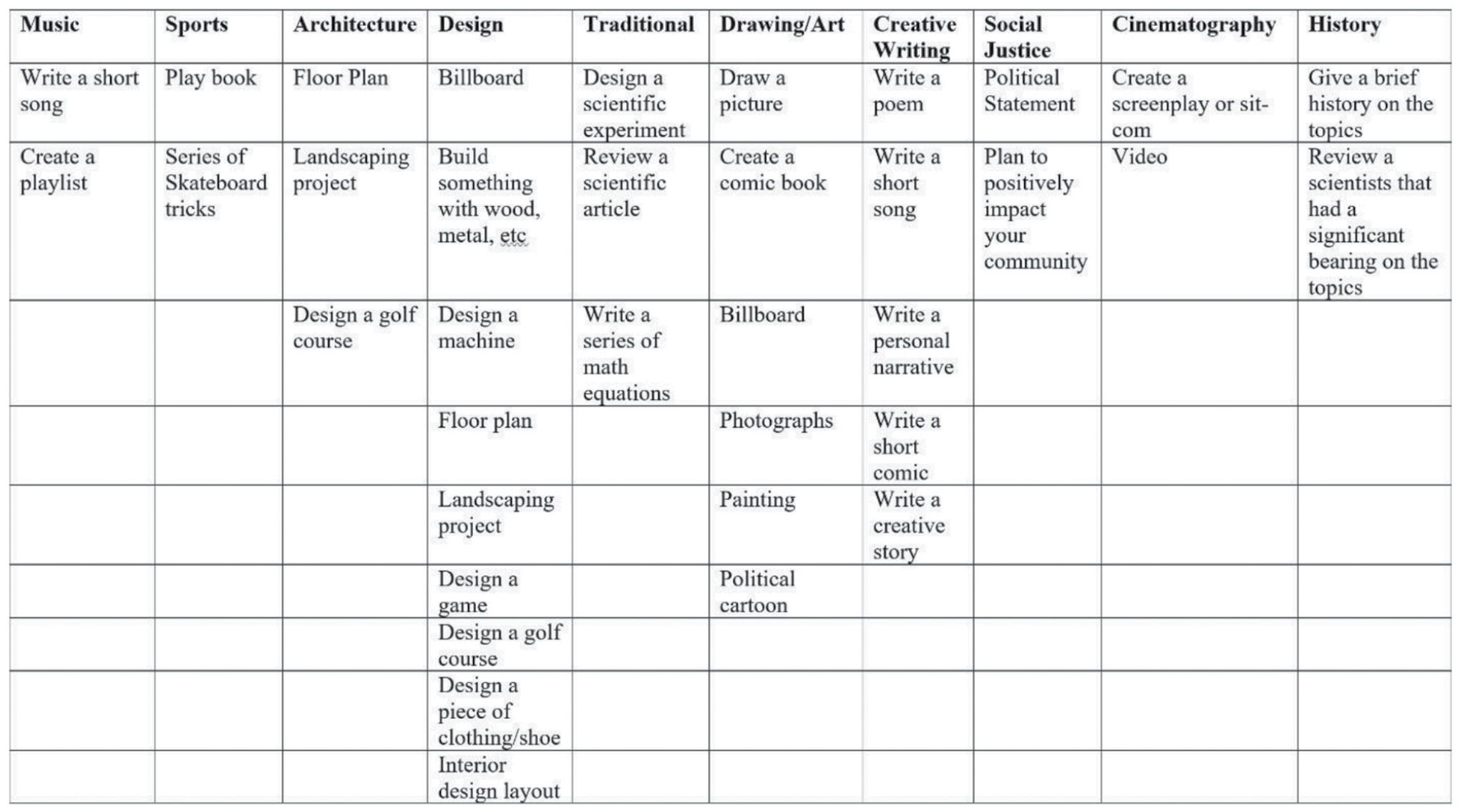
Table of possibilities.
Exploring the image in new environments
The “image” gets clearer when students are given the opportunity to explore their ideas in various environments. Teachers should consider using three environments/stations: an independent, a collaborative, and a feedback work station. Teachers can use a blended learning method called “station rotation” (Staker and Horn 2012; White 2019) to facilitate fluid and productive classroom time. Together, these methods allow students the freedom to explore individual ideas and an opportunity to practice the process of peer review.
Students are now split into small groups, each group spending about one-third of the class period in each station. The first two stations are self-explanatory—students work quietly and independently at one station and collaborate at another. In the facilitation station, however, the concept of a Restorative circle again comes into play, and students are asked to explore their idea and synthesize a more refined image for their project. (Costello et. al. 2010). This station is conversational, non-threatening, and utilizes more reflective questioning. It is useful on four levels:
- Students can articulate their thoughts using the teacher as a sounding board;
- Students can get feedback on their project;
- Confused students can gather ideas from peers who have a clearer image; and
- Teachers can gauge student progress, which permits giving a grade for project “progression,” —the first category on the rubric (Figure 2).
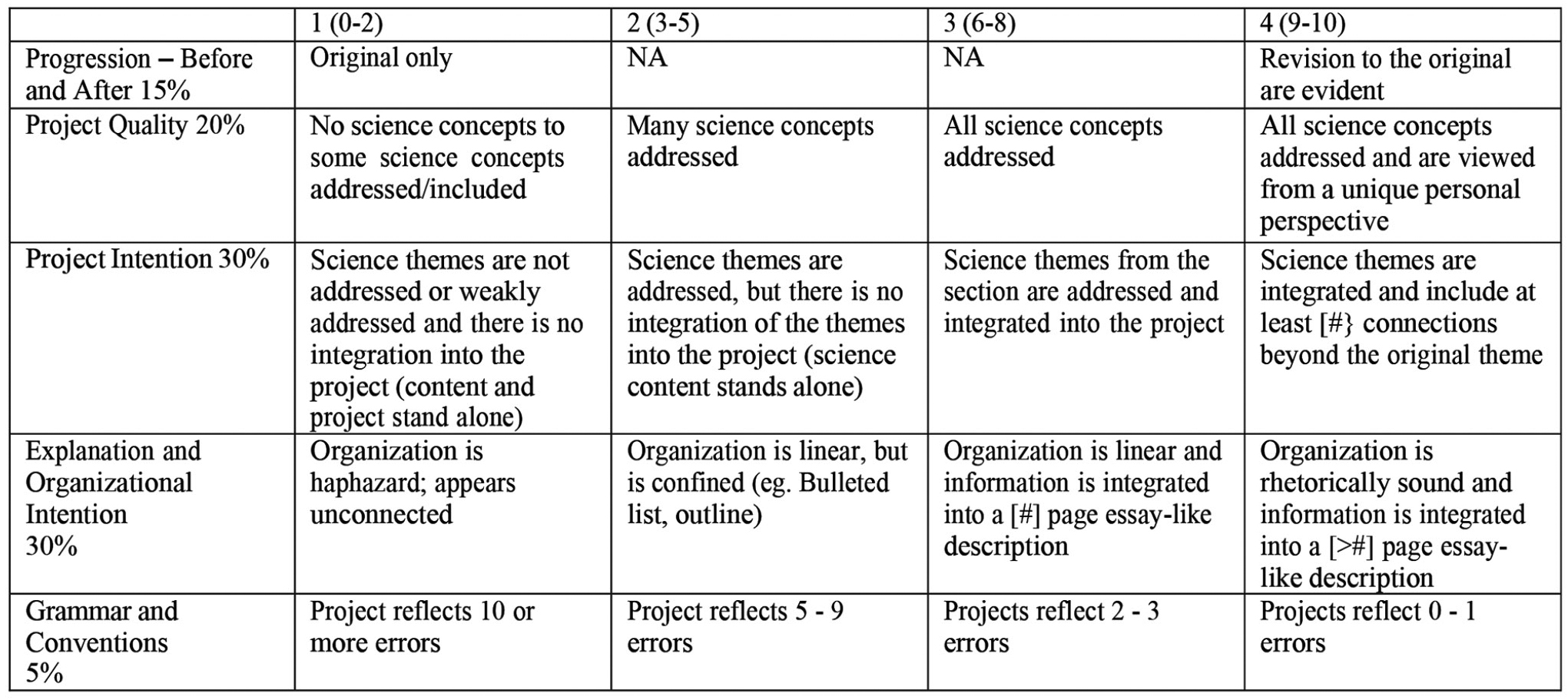
Rubric to assess student projects.
We suggest this process be performed at least twice throughout the project timeline. The rubric (Figure 2) outlines the categories used to grade student projects.
Measuring growth through the lens of science
Since we emphasize the student-teacher relationship, this may lead some to think we don’t emphasize course content. This is false. We stress, as teachers, to always use methods that effectively communicate content to students. This assessment is about allowing students the opportunity to express and contextualize content through their “genius.” Figure 2 lays out the ways to measure the “genius” in your students. At the core of the rubric are sections 3 (Project Intention) and 4 (Explanation).
Both project intention and explanation use the physical project and the written portion to evaluate students; they are related, but graded differently. Project Intention measures the degree to which the student has thoughtfully integrated science with personal ideas into the project. The Explanation measures the degree to which the student has communicated their understanding of the interconnections and where it shows in the project. Consider the following example from an ecology unit as you think about how this method of assessment might fit into your classroom.
A score of 1 would be recorded for project intention if the student simply drew a picture of each key word/concept. This would present their understanding of science as static and unconnected. Conversely, a score of 4 would be recorded if a student drew a scene from a family vacation to the Black Hills in South Dakota. The latter included the element of personal experience that could then be used to contextualize science content in a more meaningful way.
The explanation is a written description of student-constructed connections. In the same example, the student who drew static images could score a 4 if he wrote an explanation that was in paragraph form, in-depth, and described various interconnections between science content and personal experiences. Conversely, the student who drew a magnificent image of a fond memory could score a 1 if they simply listed the science concepts on the back of the project. In this way, project intention and explanation inform each other, but are graded separately.
Modification, revision, and the power of the project
The rubric should be modified to differentiate for various classes. We have accepted verbal explanations from students who have an IEP for writing challenges. Also, students who score high on one of the above categories should be given an opportunity for revision. Scoring high on either one shows they care. At this point they need help either articulating their ideas or finding the necessary project medium to express their words. These projects give you the power to incorporate NGSS standards by facilitating the ability to develop models and construct explanations, through a measurable understanding of disciplinary core ideas, which must be connected using the necessary cross-cutting concepts (National Research Council 2012).
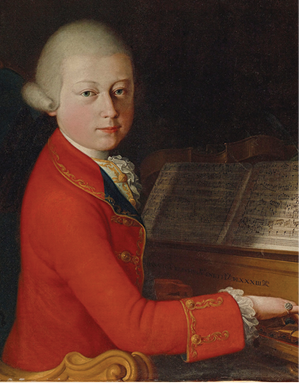
Seeing growth through the lens of science
A student of mine wrote a 10-page short story for her project and, in a separate document, explained the explicit and implicit connotations in her story.
Implicit: “I tried to ensure the entire story orbited around the idea of human impacts of the environment. Everything in the story consists of “if’s” and “then what’s.” “If the human race can’t adapt” and “when we don’t, then what?”
and
Explicit: “Photosynthesis was shown through the mis-coloring of the plants.”
The student’s short story invents a human-induced environmental crisis that changes Earth’s mechanism of life. The leaked substance is referred to as “stardust” and causes the following changes to the environment:
“The environment seems to be changing. So far, all we’ve been able to determine is that a strange substance is changing the cellular structure of the plants and animals that come in contact with it. The plant cells no longer need to absorb the sun and have lost all their chloroplast cells, turning them white."
"As for the animal cells, their mitochondria seem to have disappeared, leaving it waiting for death, or so we thought. The animal adapted at an alarming rate, to the point where if humans were to change at this rate, we would only have a few hundred years of history."
"It’s changing what makes cells “cells.” I have work ahead of me.”
From the project to the explanation, this student expresses her understanding of biology through her “genius,” while providing me with a self-aware description of her thought process. I couldn’t ask for more as teacher.
The “genius” inside the young people I have met is not extracted by some magical feat of teaching. It is extracted with an eye for possibilities yet to be discovered and a curiosity to know my students as the people they are, caring to ask the question, “What do you mean?” even when an answer or comment seems out of line. Practice being the scientist you are and allow it to transform your classes by creating the learning moments we all seek. My student said it best:
Salieri spent too much time adding up tallies, as students often do with grades, and not enough time appreciating the beauty he created in the world. While both are necessary, a balance is required. Science is so often task-oriented, utilizing time to categorize phenomena and control for extraneous variables. We forget that control leads to the chance to experience the beauty in truth. And we categorize in the hope that we may be able to rearrange the bits of truth we find to create something of beauty once more. This method helps to transform students’ lives by providing them the opportunity to view the true beauty in their life stories through the wonder and practice that lives in science, by helping them to learn how to rearrange the pieces in a way that best supports their lives, and by instilling that they have worth and deserve love simply for their existence. ■
Zachary C. Schafer (zschafer3@gmail.com) is Director of Educational Services at the Lincoln Lighthouse and a graduate student in science education at the University of Nebraska–Lincoln. Lawrence C. Scharmann (lscharmann2@unl.edu) is a professor of science education at the University of Nebraska–Lincoln.
Assessment Crosscutting Concepts Equity Inclusion Inquiry Pedagogy Teaching Strategies Three-Dimensional Learning High School


